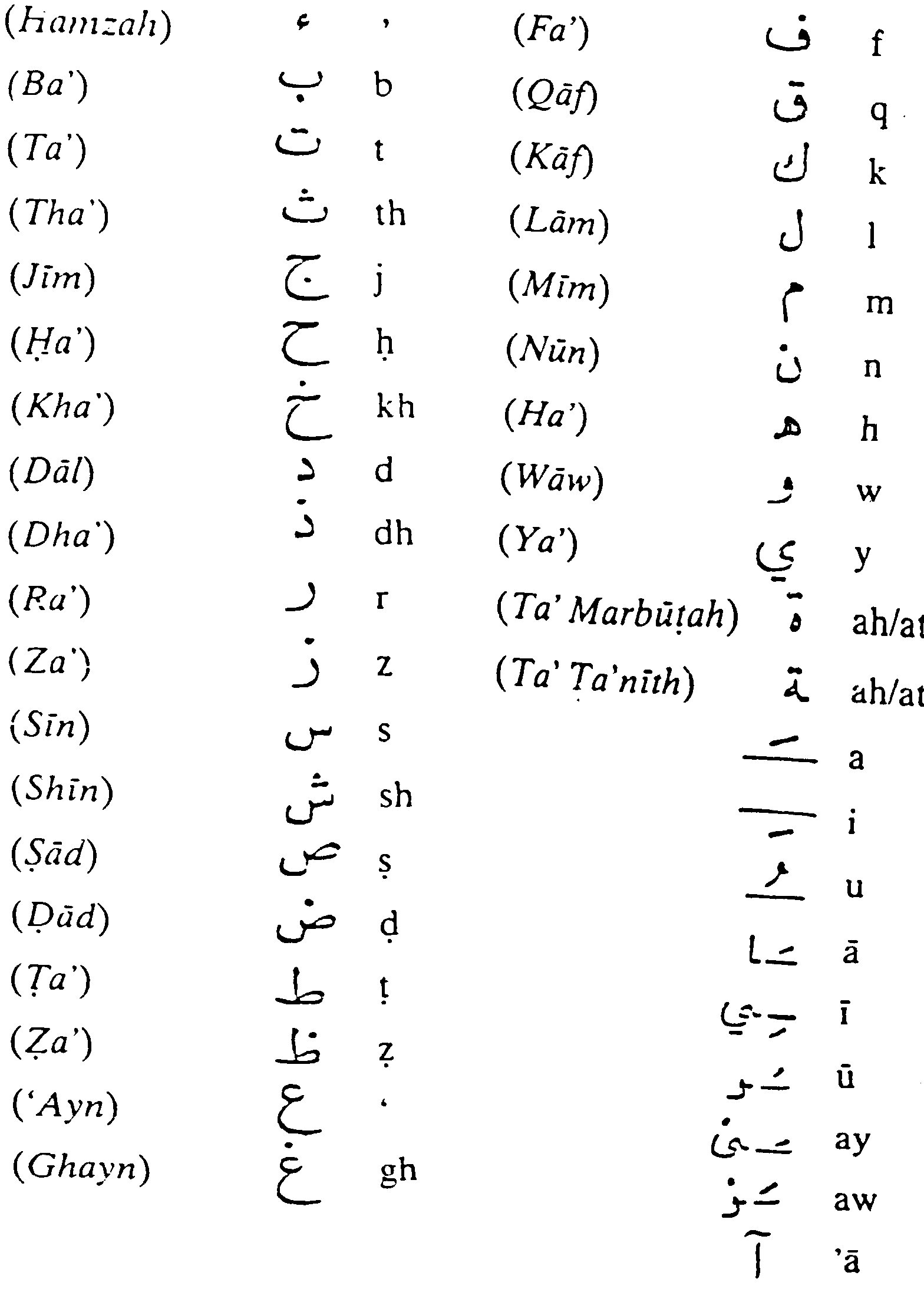|
Part 1: The Gist Of The Matter "In pre-Islamic days there was no uniformity in employing this superfluous letter [alif] at the end of certain plural forms, and its traces are found in the Qur’an, where it is sometimes added to the singular also where it was not necessary, and omitted in the plural where it was necessary according to the rule in vogue. But, as said, a "sign of silence" is marked wherever it occurs in the Qur’an, and the absence in case of necessity has no bearing on the subject we are treating, viz., how to read correctly." (p. 77) These are admissions of further errors in the ‘original’ Arabic Qur’an! What then of Islam’s ‘Proof’ of a ‘perfect’ Qur’an? Although Hamidullah has not mentioned it in the main body of his text, he later provides examples to confirm what ibn Khaldun has written, that, among other things, in the ‘original’ perfect Arabic Qur’an, sometimes the text says ‘NO’ when it should be ‘YES’! Hamidullah even claims that the reverse can also be found; "Lastly I must bring into relief the case of the word la ( While it is traditional for Islam to defend itself with simply the statement, "this does not represent the ‘ijm (concensus)", it will be apparent to anyone who examines Islam’s own evidence, that Islamic scholars have admitted these matters from the beginning. As we will also see, those cited above are not alone in what they have documented. They are not rebels but realists. They belong in the same category as those scholars who documented the discrepancies between the ‘copies’ of Caliph `Uthman: "Abu Amr states that he received the following revelation from Katada as-Sadusi: "When the first copy of the Qur’an was written out and presented to [the khalif] Othman Ibn Affan, he said: ‘There are faults of language in it, and let the Arabs of the desert rectify them with their tongues." (Biographical Dictionary, Ibn Khallikan, p. 401)
20 |
